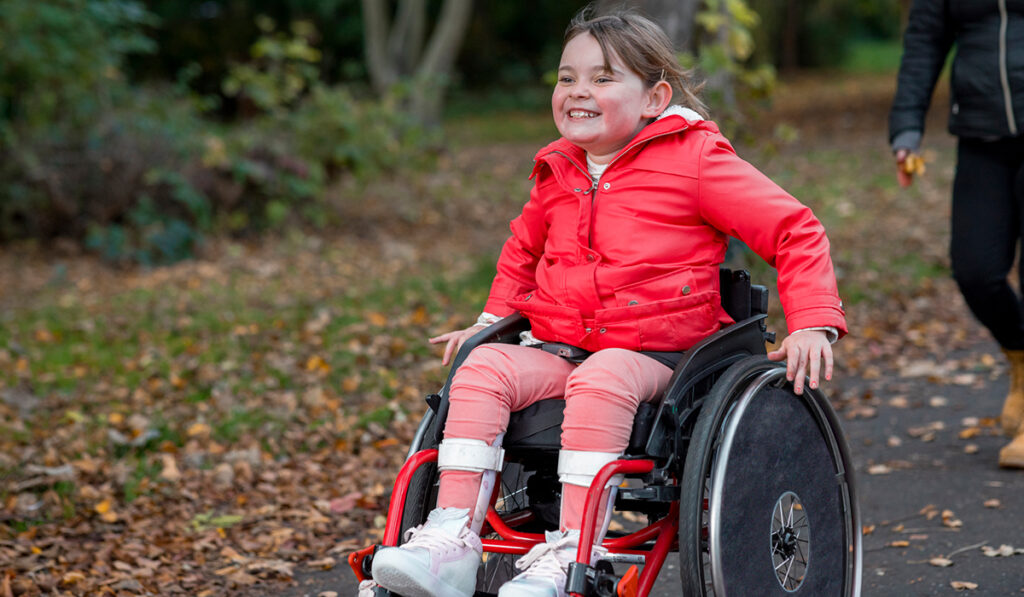Somewhere in the first decade of life, children with spina bifida and other conditions that cause neurogenic bladder disorders typically begin a daily catheterization routine managed by the child or caregiver for urine elimination.
“When bladder function declines, many children undergo bladder augmentation surgery,” said Douglass Clayton, M.D., a pediatric urologist at Vanderbilt University Medical Center.
While augmentation cystoplasty is the gold standard treatment for severe bladder dysfunction, Ileovesicostomy represents a less commonly used but perhaps more practical option for some children. The procedure eliminates catheterization and may have fewer complications, said Clayton, who, with colleagues at Monroe Carell Jr. Children’s Hospital at Vanderbilt, examined surgical cases between 2001 and 2017 to compare outcomes.
“Overall, ileovesicostomy may result in fewer complications over time,” he said. “It looks to be a safer option in some situations, particularly for children who are neurologically impaired in areas beyond just their bladder function.”
Viktor Flores, M.D., a pediatric urology fellow at Vanderbilt who worked with Clayton, said ileovesicostomy traditionally has been reserved for certain cases, specifically children who cannot manage a continent channel or self-catheterize reliably.
“It’s interesting that we do this much less often, because if protecting the kidneys is the chief goal, this procedure can get the job done,” Flores added.
Embryonic Roots
A maldevelopment of the neural tube occurs in about 3,000 pregnancies in the United States each year, leading to altered neurologic input to the bladder. Spina bifida accounts for the majority of such cases.
This failure of the neural tube to develop properly during gestation affects the innervation to the bladder and the sphincter muscles. During childhood, recurrent urinary tract infections lead to inflammation that can damage bladder walls, elevate kidney pressure and enable reflux of urine into the kidney.
“Our job as pediatric urologists is to make sure the bladder is managed properly so that these children don’t have these recurrent infections or kidney damage,” Clayton said. “Ultimately, we want to preserve function long term.”
Surgical Options
With the advent of Botox and other medications that treat excessive bladder contractions and relieve high bladder pressure, many children now can be medically managed.
However, Clayton explains, a sizable proportion – about a fifth of those with spina bifida – require major surgery. In augmentation cystoplasty, about 20 centimeters of small intestine is used to enlarge the bladder and form a channel to a stoma for catheterization.
For patients without reliable catheterization assistance, ileovesicostomy provides an alternative. In this procedure, a small segment of ileum is used to create a conduit directly from the native bladder to the abdomen, where urine is passively diverted into a wearable bag.
Long-Term Outlook
Monroe Carell researchers found 17 patients with ileovesicostomy in their database and compared outcomes with those of 110 patients undergoing augmentation cystoplasty. They discovered that with an ileovesicostomy, the overall incidence of adverse events was 59 percent (versus 83 percent for augmentation cystoplasty), glomerular filtration rates were the same, and hydronephrosis improved significantly. Long-term follow-up showed these outcomes to be durable, as well.
Survival from the time of surgery to the first adverse event and to subsequent surgery was similar among the two groups. Complications from both procedures included development of bladder stones (the largest risk), small bowel obstruction, and stomal complications such as stenosis. However, the median rate of surgeries per year was lower following ileovesicostomy, as was the incidence of exploratory laparotomy for bowel obstruction, stomal revision, stone-based surgery, and repair of bladder perforation.
“Since it was a retrospective review, the populations were somewhat disparate, and severity of illness and follow-up data were somewhat variable,” Flores said. “But our results certainly point toward a benefit from conducting a larger-scale study.”
Weighing the Advantages and Risks
While Clayton and Flores concur that augmentation cystoplasty is superior for keeping the bladder safe and potentially retaining or reaching some level of continence, they stress that families need to understand the complexity of the surgery and the crucial nature of catheterization scheduling.
“The surgery itself has higher risks, including bowel obstruction and bladder perforation, which occurs in over 10 percent of cases,” Clayton said. “Post-surgery, catheterizable channels can have issues that lead to second surgeries. Children, particularly adolescents, may not catheterize as often as needed, which can cause their augmented bladder to rupture. If the appendix is used as a bridge, it can become stenotic and need to be reconfigured or reconstructed. Bladder perforations needing repair occur in 10 to 14 percent of patients.”
With ileovesicostomy, the chief concern is development of a reservoir of static residual urine in some cases, Clayton said. This may lead to mucus and bacteria build-up, urinary tract infections and stone formation. However, the researchers found no difference in urinary tract infections or urosepsis in their two study groups, while showing important benefits in passive drainage.
“It avoids stressing the channel by constant catheterization, and the low pressure keeps urine from affecting the kidneys as much,” Flores explained.
Clayton, Flores and their team say that this study provides useful input for surgeons when families are making treatment decisions, but a higher-powered study is needed before drawing firm conclusions.
“This was the first pediatric study that included multiple years of follow-up,” Clayton said. “If our outcomes are replicated in larger studies, the benefits found may elevate this procedure to a first-tier option for more children.”







